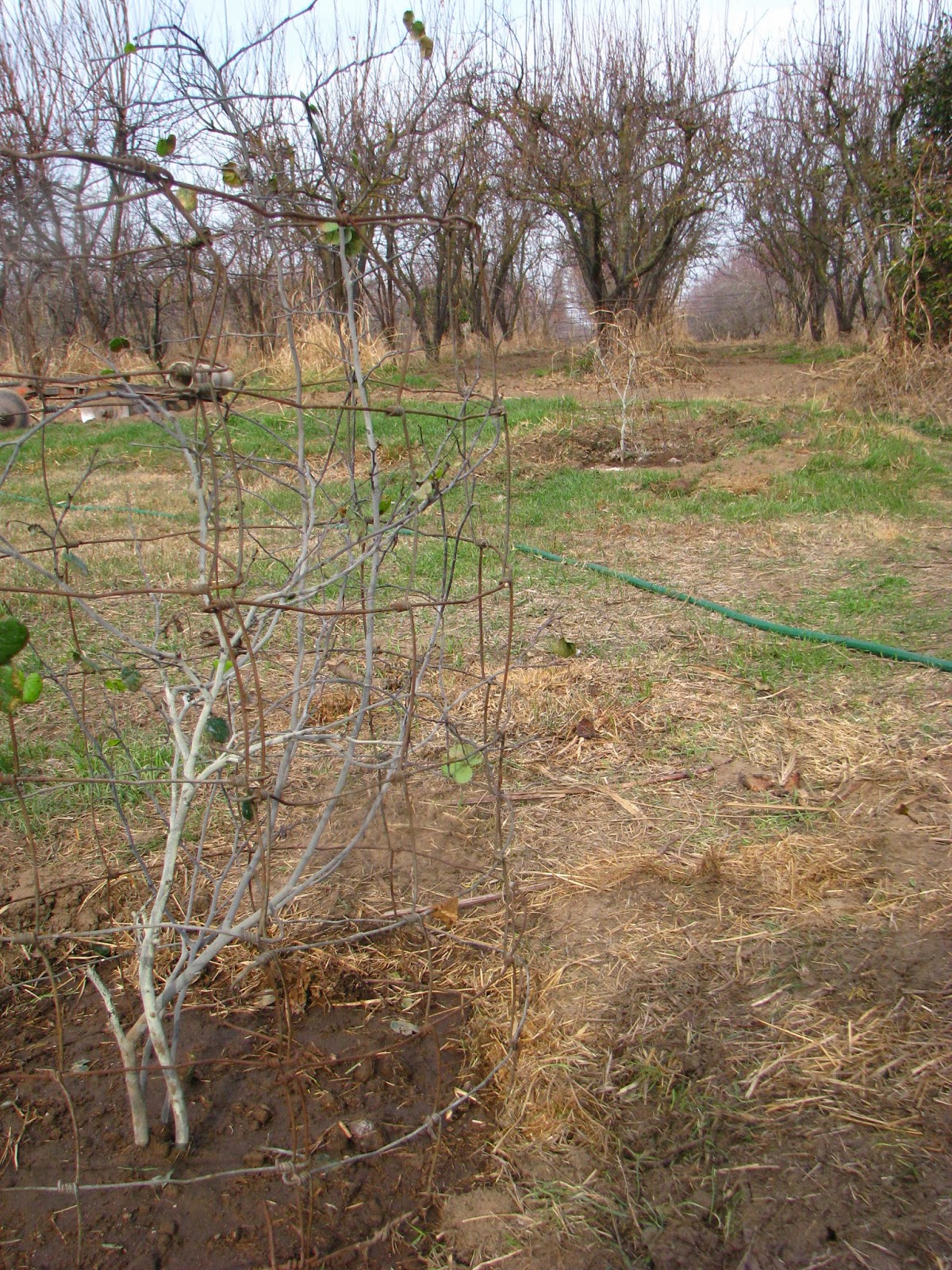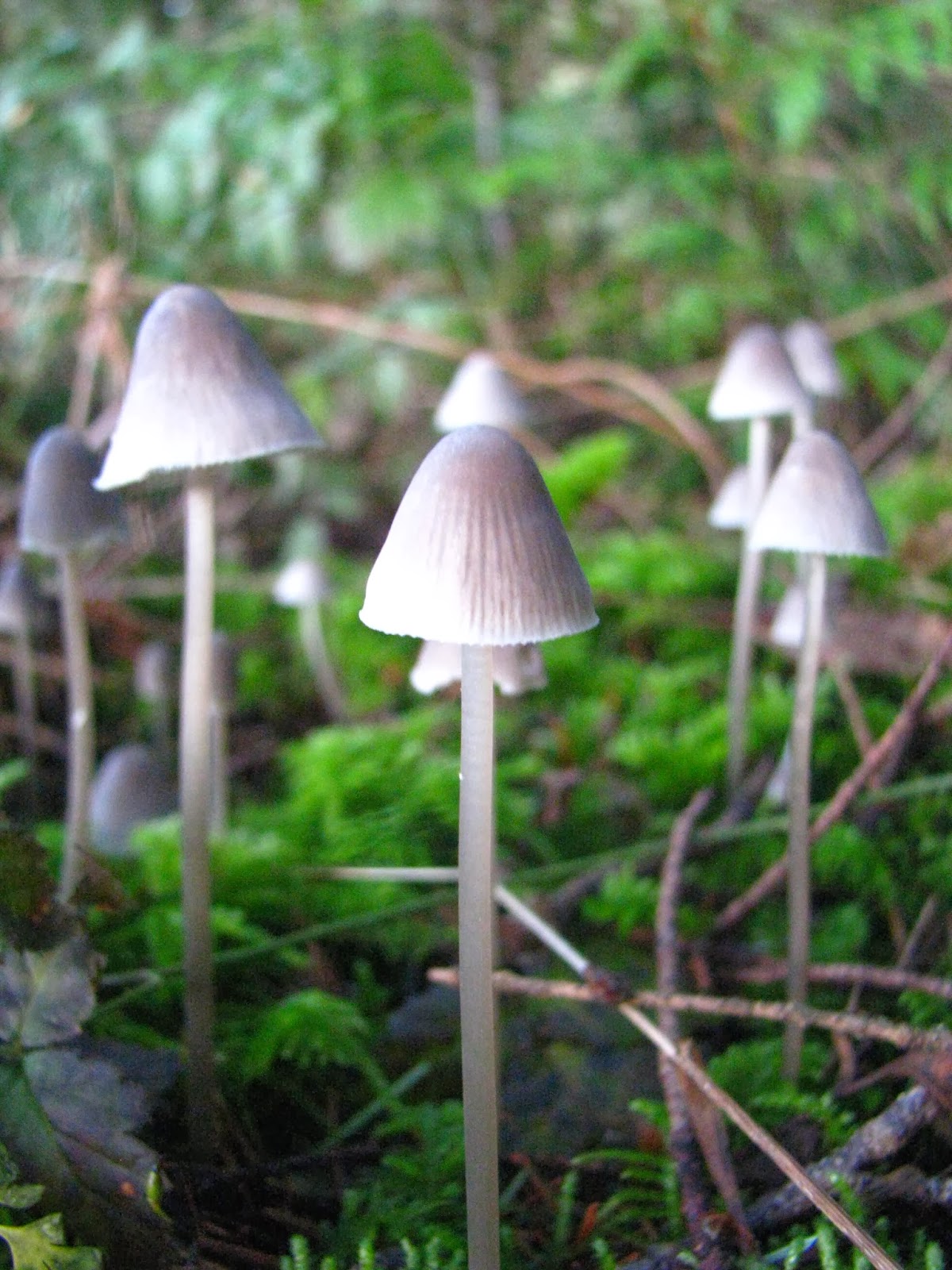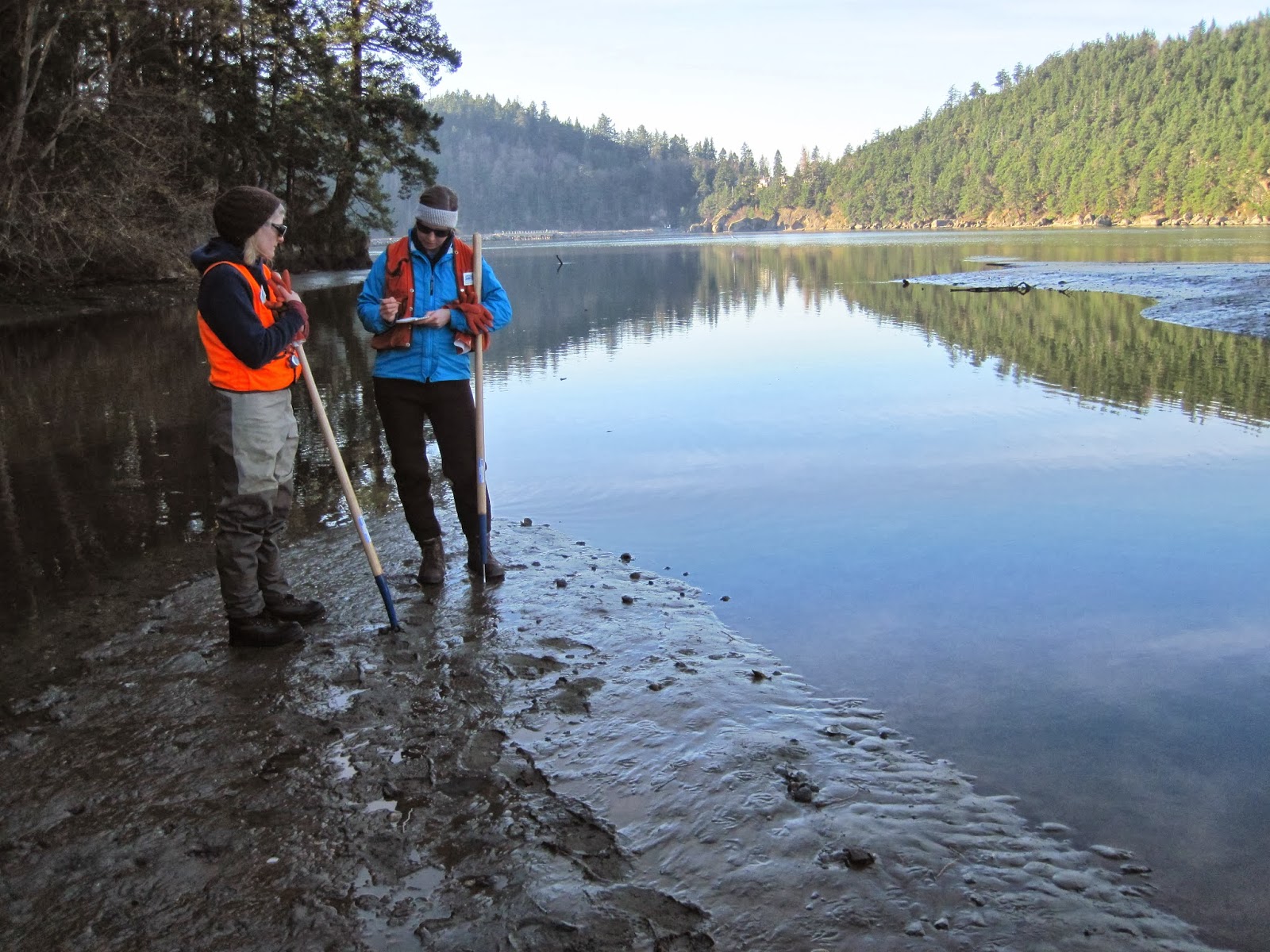There is no length of blogalog that could capture Pacific Salmon in all their intricate glory. So it will be very basic (of which I'm sure many of you are grateful). Let us begin with...
The Salmon Life Cycle
Salmon start out as tiny vibrant red eggs laid in a nest of thousands by a spawning female. These have been washed out of their nest or were never covered properly.
A series of nests dug by the same female is called a redd, and is often visible due to the loose, clean gravel forming a mound, behind which is a depression in the substrate.

The eggs progress to the alevin stage, developing a spine and eyes, but still dependent on the yolk sac on their stomachs and the protection of gravel where their mothers hid them.

When the yolk sac is used up, the babies head out of the gravel to forage for themselves, at this point called fry (is that where the phrase "small fry" came from?). They feed on macroinvertebrates (aquatic insects etc) and grow. Each species of salmon has a different resident time in freshwater systems, from just a few months to over a year.
When they are ready to make the transition from fresh to salt water, the fry migrate downstream into estuaries where they become smolt. Their coloration changes, turning silvery as a form of camouflage.

After living and growing in estuaries, they head out to the ocean where they spend one to seven years, depending on species. They are then called sea-run salmon.
When they make their magnificent return to shore to spawn, they again change color, assuming distinct physical characteristics of their species at spawn time.

They stop eating, and when water levels agree in the creeks and rivers they came from, the spawning salmon make their way to their natal waters where they search for appropriate habitat to spawn. A female digs her nests by flipping on her side and pounding her tail to move gravel downstream. The task is tremendous, and must be painful; females' tails are typically worn to nubs by the time they die.

All the while she is jealously guarded by a bevy of males, vying for position against the one that has won her favor. She buries each nest with the gravel from the next one she digs.
When all her eggs are laid and fertilized by the hovering male, she will guard the redd until she dies, as long as a week later. After spawning, energy spent from fighting currents and one another, salmon die.
 |
| This is the pro! |
Which brings us to part two...
Salmon as a Keystone Species:
When young salmon leave the streams and head for the sea, they are tiny fry. When they return they weigh five to twenty pounds. They bring with them millions of pounds of marine derived nutrients. These nutrients are utilized virtually everywhere within the riparian ecosystem that they reach. Eagles, bears, coons, wolves macroinvertebrates... eat the abundant fish and distribute them as they do their business, die, are summarily eaten and so on.
Salmon are both keystone and indicator species of the ecosystems in which they live. Salmon provide nutrients for the entire ecosystem, so it stands to reason in their absence, the ecosystem would suffer. A change in the ecosystem may become prohibitive to salmon returning and surviving; dams, deforestation, invasion of non-native species forming monoculture... all make a salmon's life more difficult if not downright impossible.
Please don't take that as "we must remove all the dams, reforest every acre...etc." I am aware that to serve a population such as ours compromises must be made, but simple efforts to maintain riparian buffer zones, reduce runoff and properly engineer fish ladders can make a very positive and notable difference. And its not 'just' about the fish. The fish enrich the ecosystem, encourage biodiversity and more importantly to those bottom liners out there...
Economy and Culture
Wild salmon were for a short while, a booming industry for European Americans. Land use change (logging, runoff from cities, industry and livestock operations...) and over fishing drastically reduced and in some cases completely decimated endemic runs of pacific salmon. But for generation upon generation before that, native tribes used and revered salmon for both food and cultural icons.

The following link takes you to the Lummi Nation story of Salmon Woman, and how she bestowed the gift of salmon on the people of the coast.
The commercial fishing industry still exists, as does sport fishing. Both provide livelihoods for many people, and it would be hard for anyone to argue that improving any remaining salmon habitat would be to the detriment of the overall economy. And that is all I am going to say on that matter. Lets talk instead about...
Spawner Surveys
The Nooksack River basin supports all five species of Pacific Salmon, as well as Cutthroat Trout and Steelhead. Because runs of Chinook and Steelhead are listed as Threatened under the ESA, and because salmon have been continuously declining, known populations of salmon are surveyed to see what numbers show up in what creeks, etc etc.
 |
| North Fork of the Nooksack |
Lead by Wa Dept of Fish and Wildlife, NSEA surveys a number of 'reaches' (stretches of creeks) in Whatcom County. And guess who got to help a few times?
.JPG) |
| Yes there is dirt on my face. Its a risk you face when you go outside. |
Under the supervision on my coworker who runs the Monitoring programs, I got to go out to one of my more beloved local creeks and count fish. Typically other samples like temperature, pH and fish data are taken. But Chuckanut Creek supports such a large run of Chum that it is impractical to sample every single dead fish. Especially since we saw nearly 400 the first day. Gear up.
It was 25 degrees the first day I went out, the beginning of a two week stretch where temperatures didn't get much above freezing even during the day.
The beginning of the reach is at the mouth, where creek and bay meet. As can be expected we look quite fetching in our multiple layers and constricting gear.
Then its a two mile trek upstream to count count count fish!
The day we slid around on ice was actually quite warm, in the 40s, just after the cold snap broke.

Strange icicles...
Chum are also called Dog Salmon, because of the gnarly canines they develop.
Several dead females stuck to a root. Their tails are completely bare (not that they are in great shape otherwise).
There are of course other things to see when you are out and about in the wild. Like this odd growth, which until future notice I have dubbed Cotton Candy Fungus. I really don't know what else it could be.


Many herons to be seen, as well as dippers. We scared up a bald eagle that had been feasting as well.
This is one of the bad things about reed canary grass. It doesn't provide the root structure to really hold together stream banks. When the banks become to undercut, which happens much faster here because there are few deeper roots to hold the soil together, the banks calve into the stream.
Salmon resting in a pool before trying to jump up the bedrock. Last of all I highly recommend that you take 10 minutes to watch this video. It is beautifully shot and captures the importance of salmon to their ecosystems.
Alaska Nutrient Cycle
Tootle pip!




 Thoughtful as she is, for Christmas Torch got mom some redbuds. Torch knows how much mom has been wanting some trees to shade the west side of the house, which positively swelters in the summer heat. Here she is digging the first hole. She even caged them to protect them from the wandering dogs, and watered them in! Good old dog!
Thoughtful as she is, for Christmas Torch got mom some redbuds. Torch knows how much mom has been wanting some trees to shade the west side of the house, which positively swelters in the summer heat. Here she is digging the first hole. She even caged them to protect them from the wandering dogs, and watered them in! Good old dog!

 More of that Cotton Candy fungal thing, we've been seeing it all over. Ice crystals forming in the top layer of saturated soil, over an inch long.
More of that Cotton Candy fungal thing, we've been seeing it all over. Ice crystals forming in the top layer of saturated soil, over an inch long.











































.JPG)
















